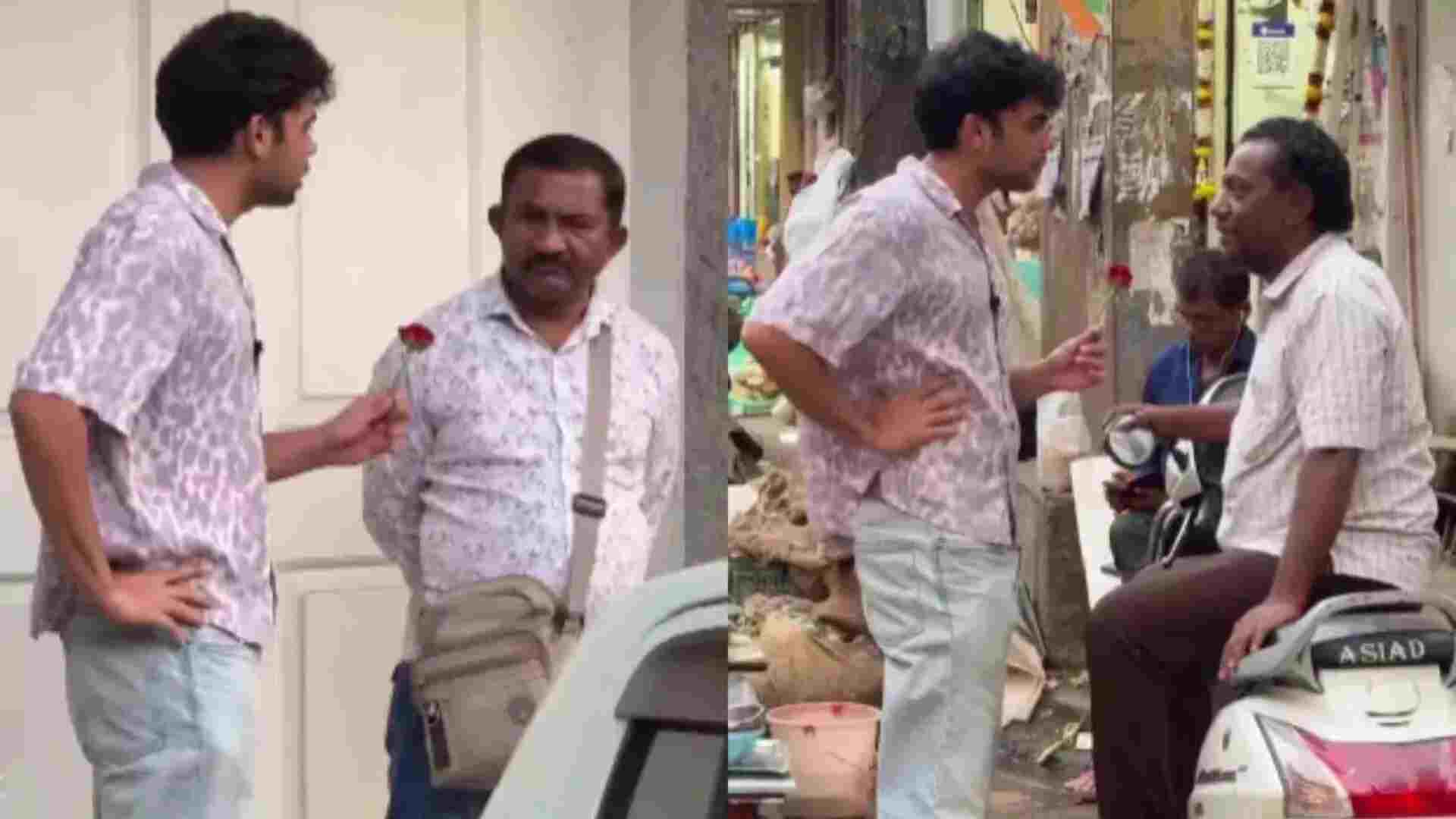On Wednesday Kartikeya Sharma once again raised the issue of whether the current infrastructure present in public and working spaces is sufficient for the mobility of specially-abled persons.
In a written reply, the Social Justice and Empowerment Ministry stated unequivocally in Rajya Sabha on Wednesday that the Rights for People with Disabilities (RPwD) Rule 15(1) was created in accordance with the terms of the Persons with Disabilities Act, 2016.
A total of 1709 Central, State, and UT buildings have been made accessible by the government as part of the Accessible India Programme for the benefit of people with disabilities.
In addition to the flagship AIC programme, which will end in March 2024, DEPwD accepts proposals for the furnishing of buildings under its sub-component of the SIPDA scheme, “Creation of Barrier Free Environment.”
It states that all institutions must adhere to the following guidelines and space standards for a barrier-free built environment for people with disabilities and the elderly, as issued by Ministry of Urban Development, in March 2016. These guidelines and standards are related to the physical environment, transportation, and information and communication technology.
This department also oversees the implementation of Rule 15(2) of the RPwD Rules 2017, which states that the relevant ministries and departments are responsible for ensuring that the accessibility requirements specified in the rule are met either directly or indirectly through the relevant domain regulators.
Twenty ministries and departments are currently drafting their sector-specific recommendations, of which three have already published them in the e-gazette.














